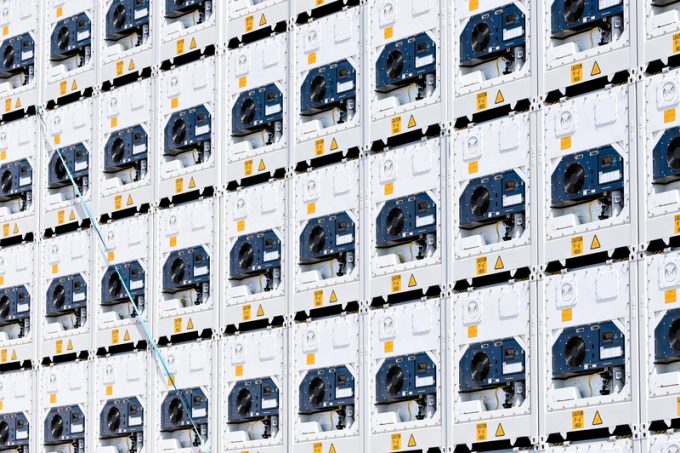'Hands on triggers' over Gaza a threat to early Red Sea return
There have been “notable increases” in maritime insurance premiums, as ceasefire uncertainty clouds the prospect ...

Perishables shippers are being left high and dry by shipping lines opting to carry general cargo in unplugged reefers, increasing equipment shortages.
And, according to Drewry, reefer freight rates increased again in Q3, with the analyst expecting a similar acceleration throughout next year.
A weighted average of rates across the top 15 “reefer-intensive” deepsea tradelanes rose 48% between January and September, Drewry said, and by the end of Q4 these gains are expected to be as much as 55%.
It added: “Booming reefer ...
USTR fees will lead to 'complete destabilisation' of container shipping alliances
Outlook for container shipping 'more uncertain now than at the onset of Covid'
Flexport lawsuit an 'undifferentiated mass of gibberish', claims Freightmate
Shippers warned: don't under-value US exports to avoid tariffs – 'CBP will catch you'
Cancelled voyages take the sting out of spot rate declines this week
New Houthi warning to shipping as rebel group targets specific companies


Comment on this article